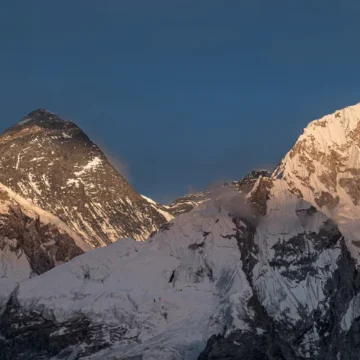
What is Thru Hiking and How to Prepare it Like Pro?
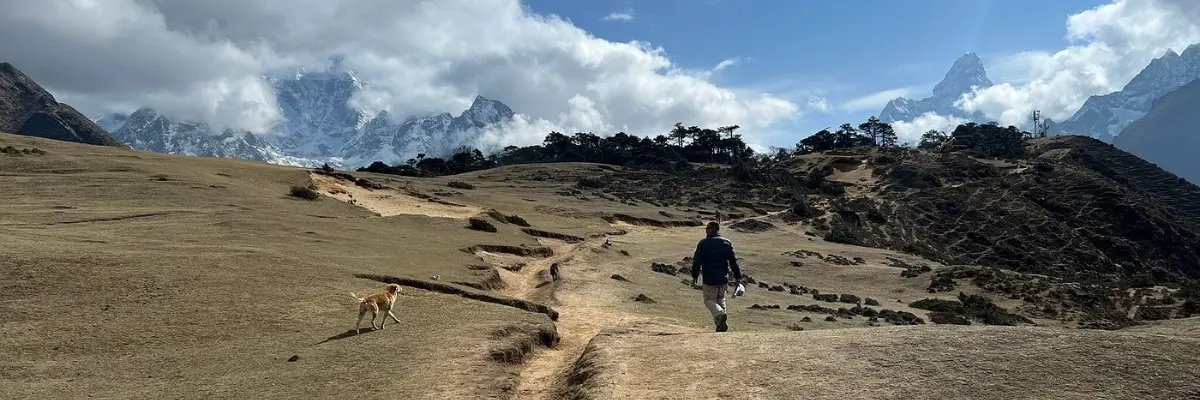
Table of Contents
Have you ever thought of walking for several days, sometimes even for months? If you have ever dreamt of walking through some of the most thrilling, wild, mountainous regions, unpredictable weather and unfamiliar terrain with everything you can pack in a bag, then thru hiking is the one for you.
It’s a journey of a lifetime in which you walk not just to cover distance but to explore the route you are walking. You immerse yourself in the untouched, pristine landscapes, friendly communities, and great mountain views.
The most attractive aspect of the thru hiking is reflecting on yourself. You try to learn who you are.
For those looking for long-distance trekking routes, especially those drawn to the Himalayan trails of Nepal, it is an escape from chaos and a way to reconnect with nature and yourself.
But let’s be clear: it’s not a vacation but a challenge. So, before you lace up your boots and head into the wild, it’s crucial to understand what thru hiking truly is, what it demands, and how you can prepare like a pro.
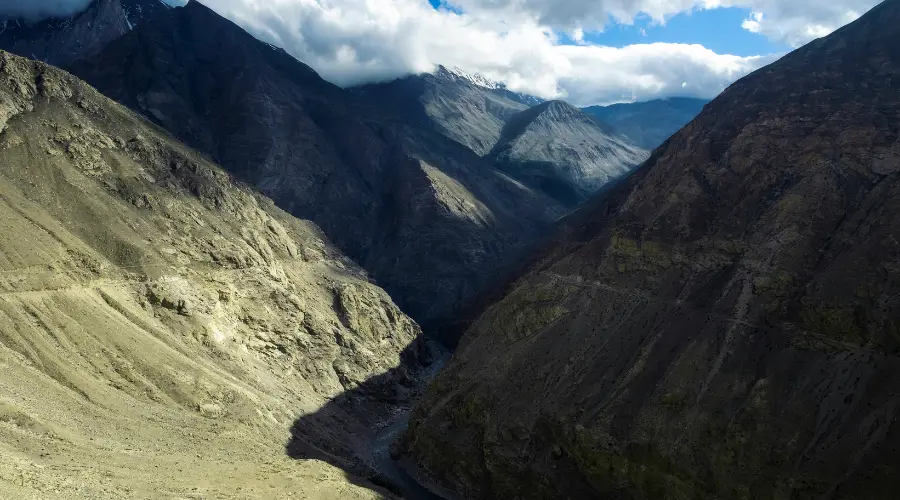
What is Thru Hiking?
Thru hiking in Nepal is a hike on a long-distance route, end-to-end, in a single day, and then the journey continues the next day.
Unlike short, popular treks in Nepal like Ghorepani Poon Hill Trek or Langtang Valley Trek, which last for just about a week, thru hiking can last for weeks or even months. It includes walking through local villages and raw, diverse terrain in the Himalayas.
The ultimate example of thru hiking is the Great Himalayan Trail (GHT). It can last for 2-3 months, covering almost 1700 km (1056 miles). During this journey, trekkers get to cross both technical passes and remote settlements, all while staying right in the heart of the mountains.
Unlike weekend hikes or section hikes that cover just parts of a trail, thru hikes are immersive, demanding full commitment, mentally, physically, and logistically. These kinds of hikes in Nepal combine the challenges of long-distance trekking with rich cultural experiences.
During this trip, trekkers/hikers can experience several Tibetan monasteries, traditional villages, sacred, hidden valleys, and undisturbed landscapes. They get to trek through all terrains, from low-altitude tropical forests to alpine.
It’s not just walking; it’s living on the trail.
Who is a Real Thru Hiker?
A real thru hiker isn’t just someone who finishes a trail—it’s someone who embraces the lifestyle that comes with it.
In Nepal, a real thru hiker must be able to adapt to all the unpredictable conditions. They must be ready for unpredictable Himalayan weather, crossing some of the most technical and highest mountain passes (like Sele Le Pass and Larkya La Pass). Also, they must be capable enough to navigate through trails where even GPS fails.
Hikers on the route get to experience the solitude of the Upper Dolpo region as well as the warm hospitality of remote homestays in Rukum.
You don’t have to be an elite hiker or have years of experience. However, you need to have patience, endurance, and the ability to push up to your limit to be a real thru hiker. Sometimes, when there’s no teahouse for the night, they might have to walk an extra mile.
Why do People Thru hike?
There’s no one reason people thru hike. Some do it to reset their lives, escape city stress, or seek solitude in nature. Others want to test their physical limits or simply explore places unreachable by roads.
In the Himalayas, people often thru hike to connect spiritually, visiting ancient monasteries, forgotten villages, and sacred landscapes. It’s also about route mapping through some of the ancient trade trails, sleeping in yak herder shelters, and sharing salt tea with monks.
In Nepal, some might even thru hike for pilgrimage. You may not follow a religious path, but the connection to nature, to yourself, and to the stories of the land is deeply spiritual.
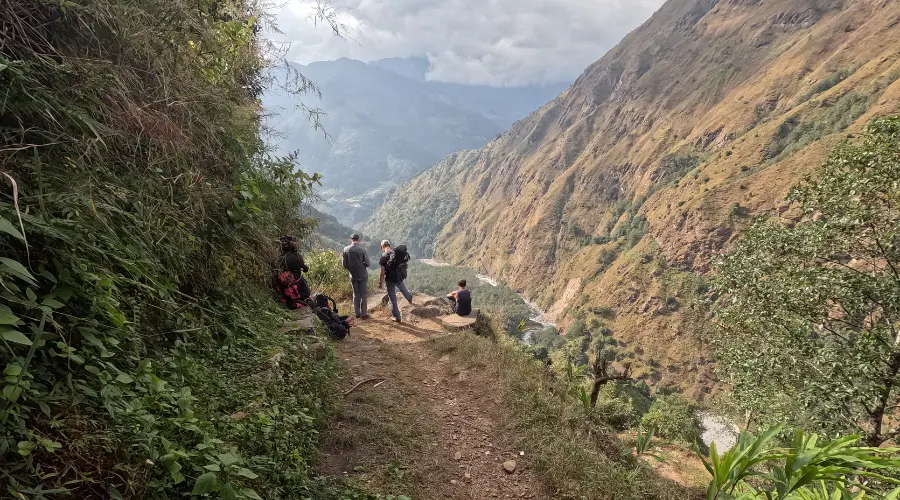
Popular Thru Hiking Trails around the world
Post-COVID-19, people globally have understood the importance of going out and exploring nature. So, thru hiking has been gaining popularity worldwide.
Famous routes like the Pacific Crest Trail (USA), Te Araroa Trail (New Zealand), and Camino de Santiago (Spain) attract thousands every year.
The Continental Divide Trail and the Appalachian Trail are two of the most iconic paths in the U.S. These trails are known for their stunning variety and challenging landscapes.
But no matter where you go, the primary motive of the journey remains the same. You push yourself beyond what you thought possible.
Popular Thru Hiking Trails around Nepal
Nepal, being the roof of the world, is a paradise for thru hikers. For those seeking more than just a physical challenge, here are some of the popular thru hiking trails in Nepal
- The Great Himalayan Trail (GHT): Divided into upper (high route) and lower (cultural route), it stretches from Kanchenjunga Base Camp in the east to Humla in the west.
- Kanchenjunga to Makalu Traverse: A tough, remote section that includes the Sele La and Shipton La passes.
- Dolpo to Jomsom Route: Passes through the mystical Shey Gompa and over Kang La Pass, offering raw Tibetan culture.
- Dhaulagiri to Mustang Crossings: A mix of glaciers, barren ridges, and hidden caves.
- Rolwaling to Khumbu Link: A technical and stunning path through Tashi Lapcha Pass, one of the highest mountain passes in Nepal and the world.
These trails take you across ancient trade routes, technical passes, and into untouched Himalayan valleys. These treks are about living on the land, enduring isolation, and learning to be self-reliant.
Risks and Challenges for Thru Hiking
Thru hiking in the Himalayas is not for the faint-hearted. The weather can change from sunny to snowstorm in hours, especially at higher elevations, and the terrain can change drastically from village to village.
Weather Extremes: You might face blistering sun in the morning and snowfall by evening. Monsoon rains can wash away trails or make river crossings difficult.
Injuries: Twisted ankles, knee pain, back strain from heavy loads, or altitude-related issues like AMS are common.
Wildlife Encounters: Bears, snow leopards, or aggressive dogs in remote areas can pose real threats. However, do not panic, keep calm, and let them pass by.
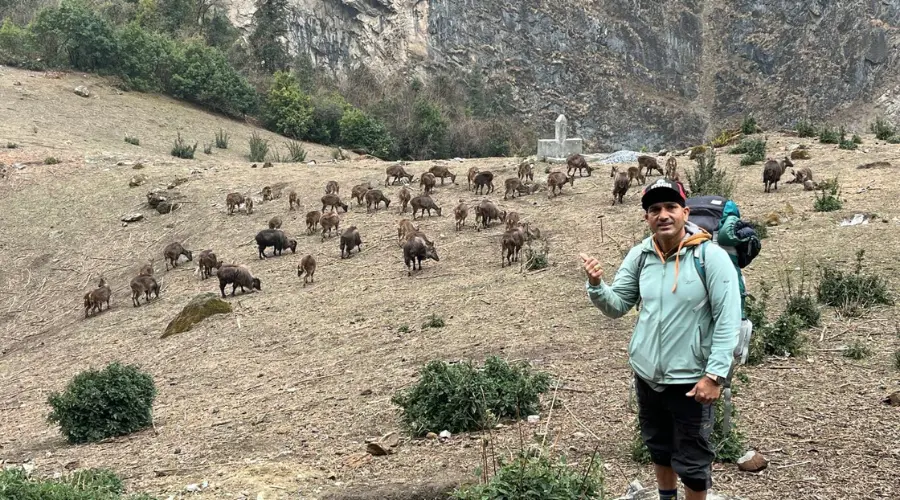
Logistical Hurdles: Resupply points can be days apart. Some regions don’t even have villages. So, camping is needed.
Psychological Fatigue: Days without seeing another hiker or battling solitude can lead to trail depression.
Being prepared, both physically and mentally, is crucial to avoid life-threatening situations in these remote landscapes.
How to Prepare for Thru Hiking?
As you must already be familiar with what thru hiking is and what the risks and challenges are associated with the journey by now. Here are some of the quick tips on how to prepare for thru hiking in Nepal.
Rethink Your Why
Before planning anything, ask yourself why you want this. The very answer will be your motivation whenever you’re above 4000 meters, exhausted, tired, and want to give up.
Get Trail-Fit, Not Just Gym-Fit
Forget six-packs—focus on endurance. Hike with weight, go uphill, and simulate long trail days. Physical preparation must include dealing with changing terrain, from rocky ridges to wet riverbeds.
Choose the Right Trail and Season
Choosing the right trail and season is crucial when planning a trek in Nepal. Avoid monsoon (June–August) and deep winter (December–February). Spring (March–May) and post-monsoon/autumn (September–November) offer the most stable weather for high-altitude passes.
Pack Light and Only Essentials
Make sure your backpack includes basic gear like a sleeping bag, a camp (if camping route, which, thru hiking generally is), cooking gear, warm clothes, etc. Avoid packing anything non-essential, heavy or valuable items.
Master the Art of Resupply
Some trails, like in Dolpo or the Kanchenjunga region, don’t have regular teahouses or shops. Plan your meal drops or porter-supported resupply. Pack high-calorie foods like instant noodles, dried fruits, energy bars, and salt biscuits.

Prepare Mentally
Mental fatigue is real. Carry a journal. Listen to audiobooks (physical books are too heavy). Embrace boredom—it’s part of the process. And yes, hide some cash in your bag in case you lose your main stash or need an emergency ride.
Learn Local Rules and Culture
Most hiking trails in Nepal pass through protected areas, requiring special permits. Respect local customs—don’t wear revealing clothes in villages or take photos without permission.
Respect the Land
Follow Leave No Trace principles. Don’t litter. Use designated campsites when available. Protect Nepal’s fragile ecology for the next generation of thru hikers.
So Why Thru Hike?
Thru hiking in Nepal and around the world is more than just packing your bag and walking long distances. It’s about stepping into a lifestyle that you have never known, leaving your routine life behind and embracing what the trail has to offer – literally.
Especially in Nepal, with its mountains, religious complexity, and remoteness, thru hiking offers the ultimate experience for those adventurous enough to undertake it.
Whether this is your first multi-day trek or you’re training for the entire Great Himalayan Trail, preparation is essential. Train your body, be mentally prepared and pack your heart, because once you take that first step, there’s no turning back.
So, get ready to walk through some of the forgotten, hidden valleys. Get ready to sleep under the stars at 5000 meters, and be a part of the path known to few.
Want to know more?
Speak to an Expert





Sandip Dhungana
Nepal 🇳🇵
Whatsapp: +977-9823636377

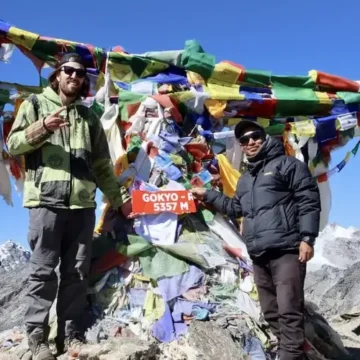


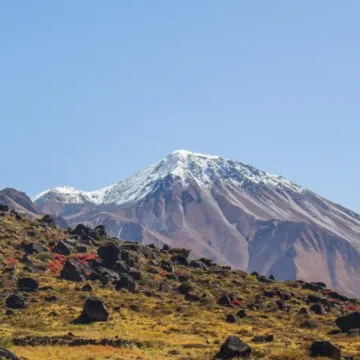
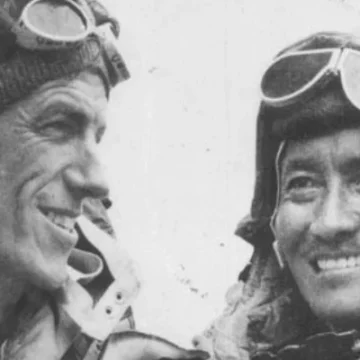
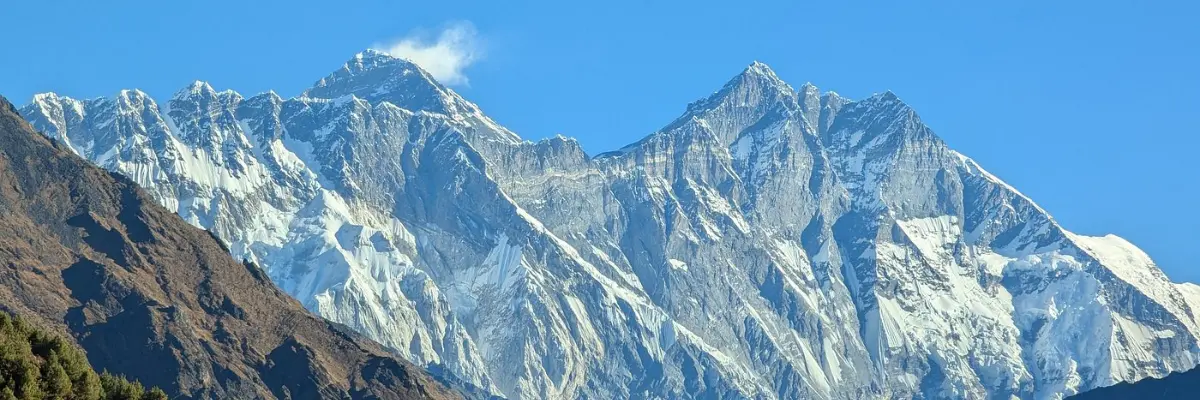
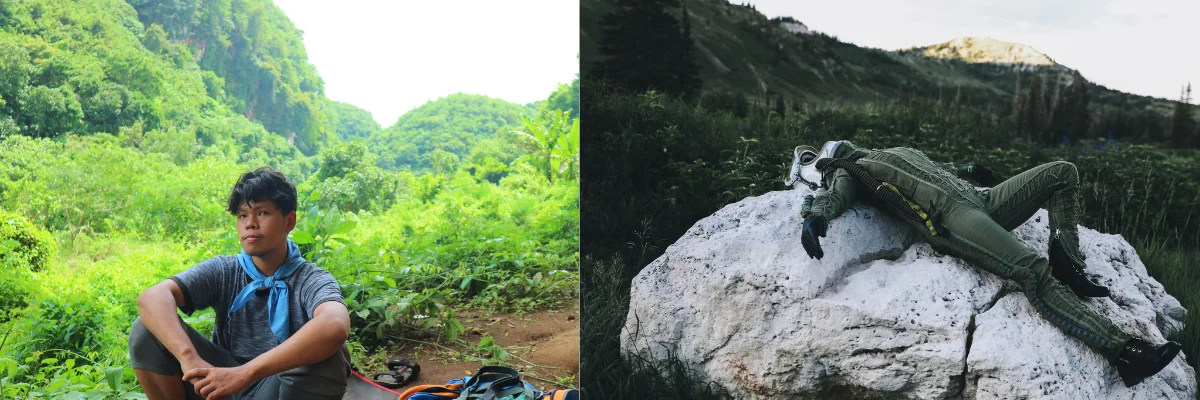
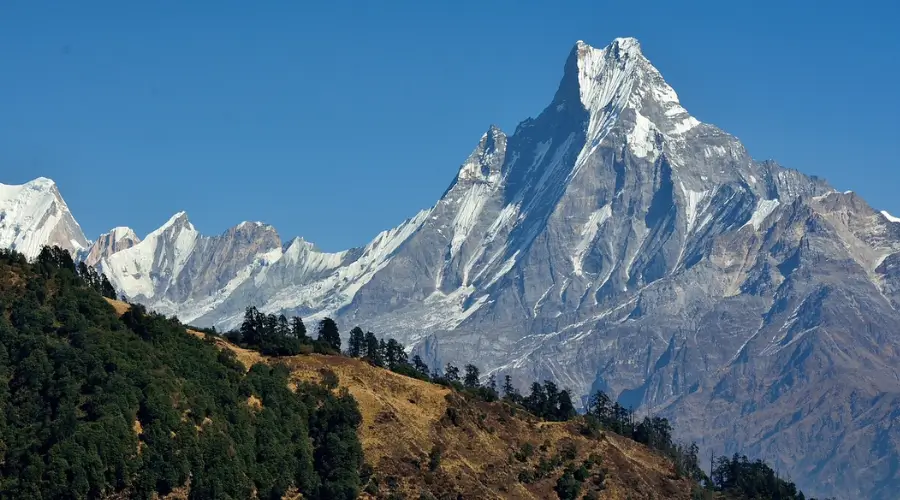
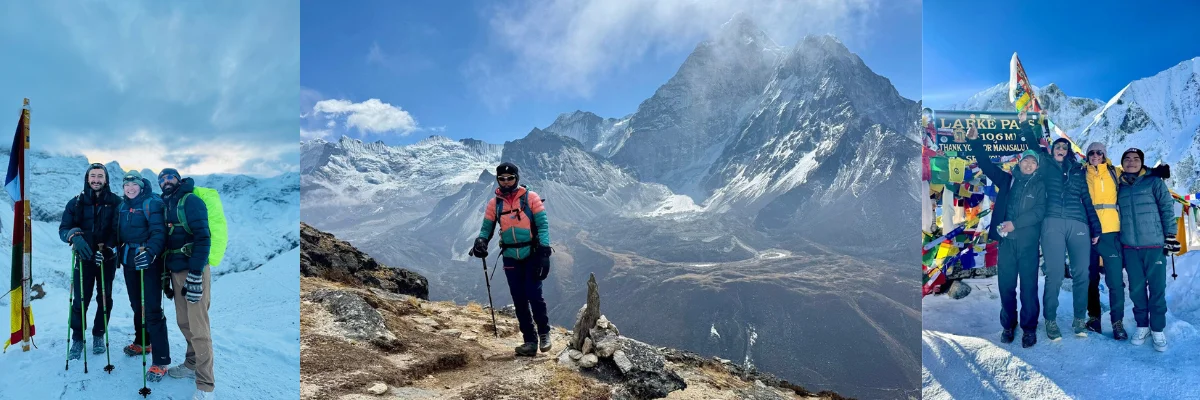
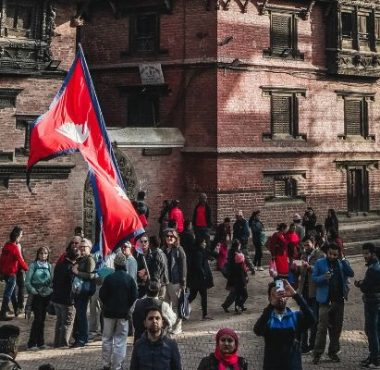
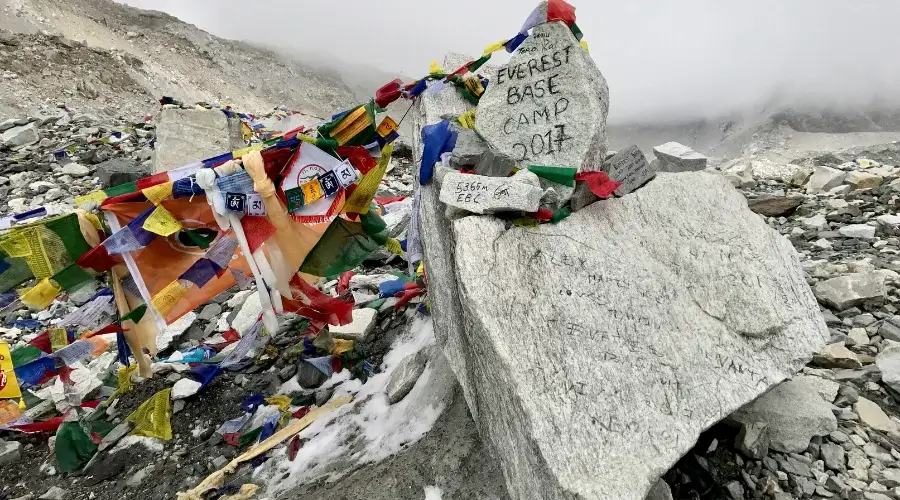
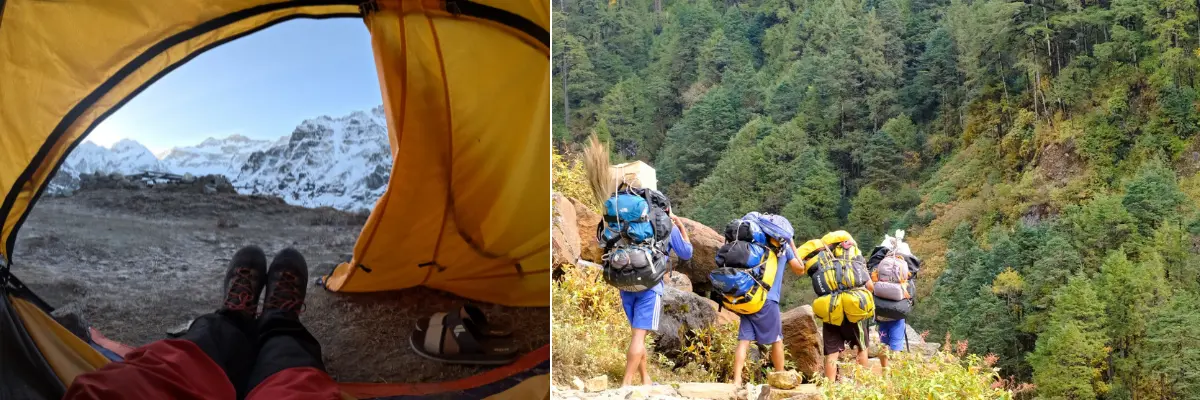
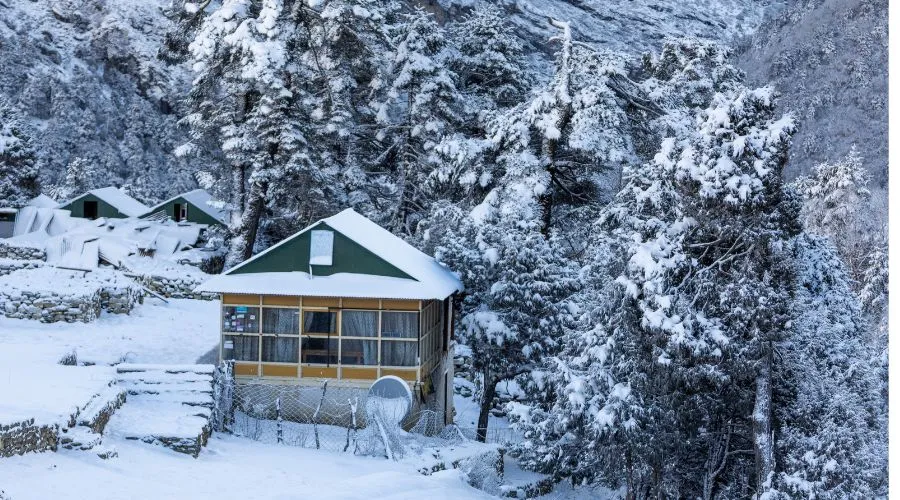









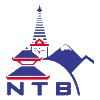


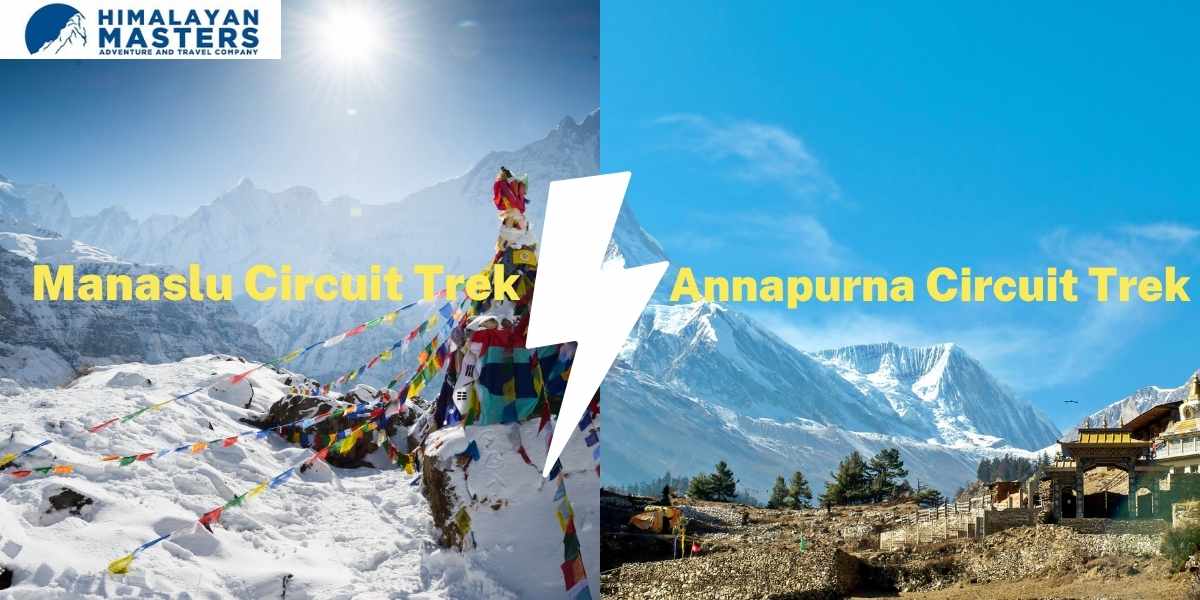


Leave Your Comment